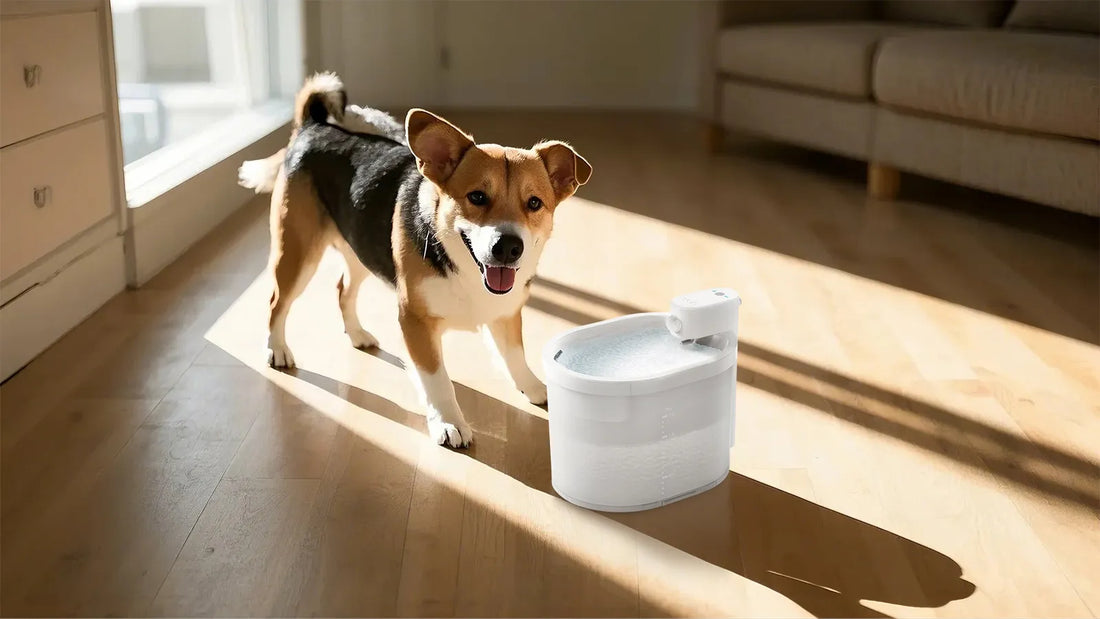When it comes to keeping your furry friend clean and healthy, one of the most common questions pet owners ask is, 'How many times should I bath my dog?' The answer isn't as straightforward as you might think. It depends on various factors, including your dog's breed, coat type, lifestyle, and skin condition. In this comprehensive guide, we'll explore everything you need to know about bathing your dog, ensuring they stay fresh and comfortable without overdoing it.
Understanding Your Dog's Needs
Every dog is unique, and their bathing needs can vary significantly. For instance, a dog with a short, smooth coat may require fewer baths compared to a dog with a long, thick coat. Similarly, dogs that spend a lot of time outdoors or have a tendency to roll in mud will need more frequent baths than indoor dogs. It's essential to assess your dog's individual needs to determine the right bathing schedule.
General Guidelines for Bathing Frequency
As a general rule, most dogs benefit from a bath every 4 to 6 weeks. However, this can vary based on the factors mentioned earlier. Over-bathing can strip your dog's skin of its natural oils, leading to dryness and irritation. On the other hand, under-bathing can result in a buildup of dirt, oils, and odors. Finding the right balance is key to maintaining your dog's health and hygiene.
Factors Influencing Bathing Frequency
Several factors can influence how often you should bath your dog. These include:
- Breed and Coat Type: Dogs with oily coats, such as Basset Hounds, may need more frequent baths, while breeds with water-repellent coats, like Golden Retrievers, may require fewer baths.
- Lifestyle: Active dogs that spend a lot of time outdoors or in water may need more frequent baths compared to sedentary indoor dogs.
- Skin Conditions: Dogs with skin issues, such as allergies or dermatitis, may require special bathing schedules and products as recommended by a veterinarian.
- Age: Puppies and senior dogs may have different bathing needs. Puppies should be introduced to baths gradually, while older dogs may need gentler care.
Signs Your Dog Needs a Bath
While sticking to a regular bathing schedule is important, it's also essential to recognize when your dog needs a bath outside of their routine. Some signs that it's time for a bath include:
- A noticeable odor that doesn't go away with brushing or wiping.
- Visible dirt or debris in their coat.
- Excessive scratching or signs of skin irritation.
- Greasy or oily fur that feels sticky to the touch.
Tips for a Stress-Free Bathing Experience
Bathing your dog doesn't have to be a stressful experience for either of you. Here are some tips to make the process smoother:
- Choose the Right Products: Use a dog-specific shampoo that suits your dog's skin and coat type. Avoid human shampoos, as they can be too harsh for your dog's skin.
- Prepare in Advance: Gather all the necessary supplies, such as shampoo, towels, and a brush, before starting the bath.
- Create a Calm Environment: Make sure the bathing area is warm and free from distractions. Speak to your dog in a soothing tone to help them relax.
- Be Gentle: Use lukewarm water and avoid getting water or shampoo in your dog's eyes, ears, or nose. Massage the shampoo into their coat gently.
- Reward Your Dog: After the bath, reward your dog with a treat or praise to create a positive association with bathing.
Common Mistakes to Avoid
While bathing your dog is a relatively simple task, there are some common mistakes that pet owners should avoid:
- Over-Bathing: Bathing your dog too frequently can strip their skin of natural oils, leading to dryness and irritation.
- Using the Wrong Products: Human shampoos or harsh chemicals can be harmful to your dog's skin. Always use products specifically designed for dogs.
- Ignoring Skin Conditions: If your dog has a skin condition, consult your veterinarian before bathing them. They may recommend special shampoos or bathing schedules.
- Rushing the Process: Take your time during the bath to ensure your dog is comfortable and thoroughly cleaned.
Alternatives to Traditional Baths
If your dog doesn't enjoy traditional baths or you're short on time, there are alternatives to keep them clean:
- Dry Shampoo: Dry shampoos can be a quick and convenient way to freshen up your dog's coat between baths. Simply apply the product and brush it through their fur.
- Wipes: Dog-specific wipes can be used to clean your dog's coat, paws, and face without the need for water.
- Spot Cleaning: If your dog has only a small area that needs cleaning, you can use a damp cloth or sponge to spot clean instead of giving them a full bath.
Consulting Your Veterinarian
If you're unsure about how often to bath your dog or if they have specific skin or coat issues, it's always a good idea to consult your veterinarian. They can provide personalized recommendations based on your dog's unique needs and help you establish a bathing routine that keeps them healthy and happy.
Bathing your dog is an essential part of their care routine, but it's important to do it right. By understanding your dog's needs, recognizing the signs that they need a bath, and following the tips outlined in this guide, you can ensure that your furry friend stays clean, comfortable, and healthy. Remember, a well-bathed dog is a happy dog, and a happy dog makes for a happy owner!













